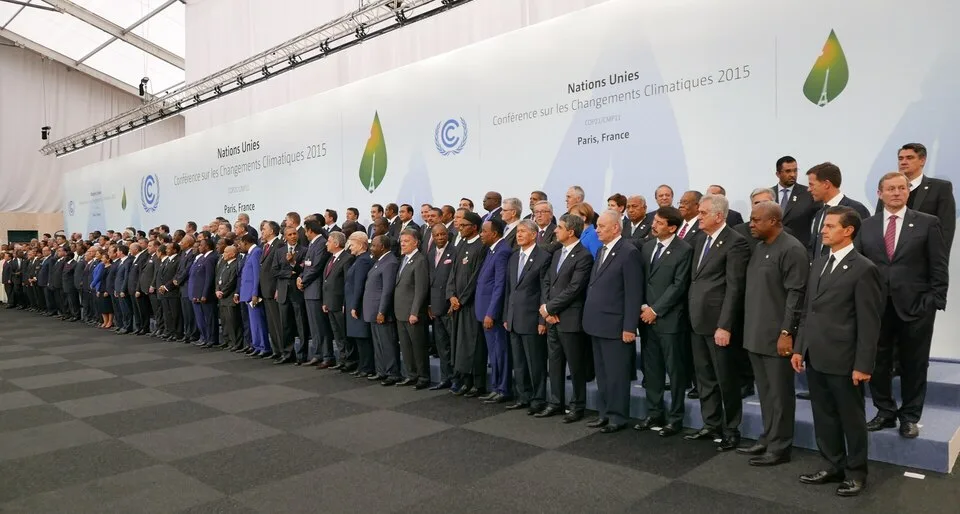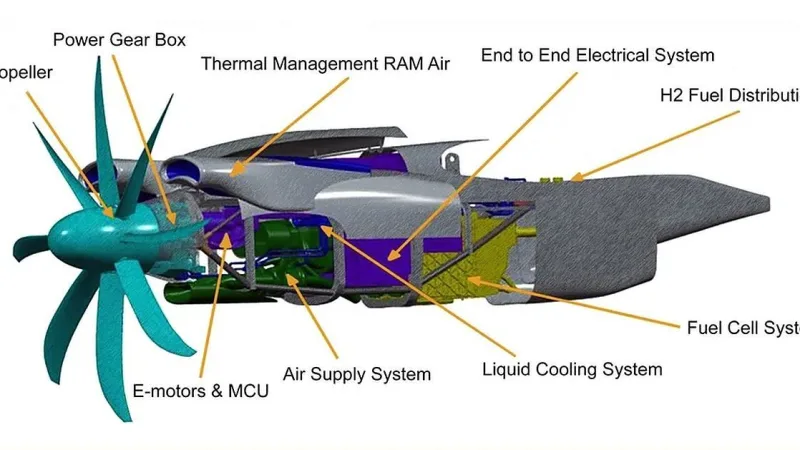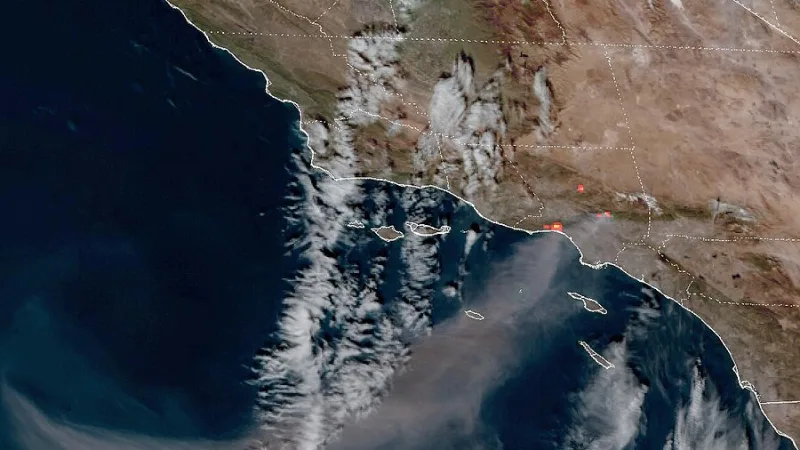Paris Agreement Without the U.S.: Can the World Still Meet Its Climate Goals?

On January 20, 2025, President Donald Trump, on his first day back in office, signed an executive order initiating the United States’ withdrawal from the Paris Climate Agreement. This landmark accord, established in 2015, unites nations in the effort to limit global warming to well below 2°C, with aspirations to stay within 1.5°C above pre-industrial levels.
This move marks the second time the U.S. has exited the agreement under Trump’s leadership, the first being in 2017 during his initial term. The U.S. now stands among a minority of nations not participating in the accord, a decision that has drawn widespread criticism from environmental advocates and global leaders.
Understanding the Paris Agreement
The Paris Agreement is a legally binding international treaty on climate change, adopted by 196 parties at the UN Climate Change Conference (COP21) in Paris in 2015. Its central aim is to strengthen the global response to the threat of climate change by keeping the global temperature rise this century well below 2°C above pre-industrial levels and to pursue efforts to limit the temperature increase even further to 1.5°C. The agreement requires countries to make commitments and progressively strengthen them, with the United States playing a significant role as one of the world’s largest greenhouse gas emitters.
Leading Greenhouse Gas Emitters and Their Actions
The world’s top emitters of greenhouse gases—China, the United States, the European Union, India, and Russia—account for over 60% of global emissions.
China: As the world’s largest emitter, China has invested heavily in renewable energy, meeting its 2030 renewables target six years early in 2024. It has also pledged to achieve carbon neutrality by 2060. However, its continued reliance on coal remains a significant hurdle.
United States: Historically the largest emitter, the U.S. has seen varying climate policies with shifts in leadership. The recent withdrawal from the Paris Agreement in 2025 under Trump has raised concerns about its commitment to reducing emissions. Despite this, many U.S. states and cities continue to pursue aggressive climate goals independently.
European Union: The EU has been a frontrunner in climate action, with legally binding climate laws and a commitment to achieving carbon neutrality by 2050. It has also implemented a carbon border adjustment mechanism to encourage global reductions.
India: As a growing economy and the third-largest emitter, India has increased its renewable energy capacity significantly, pledging to achieve 50% of its energy needs from renewables by 2030. However, challenges related to energy demand and coal usage persist.
Russia: Russia, the fourth-largest emitter, has lagged behind in ambitious climate actions. It has pledged to reduce emissions by 30% below 1990 levels by 2030 but continues to heavily depend on fossil fuel revenues.
With the Paris Agreement, countries established an enhanced transparency framework (ETF) to ensure accountability and track progress. Starting in 2024, nations are required to report transparently on their actions, including climate change mitigation, adaptation measures, and the support provided or received. The ETF also facilitates international procedures to review the submitted reports, promoting a robust system of accountability.
The information gathered through the ETF will feed into the Global Stocktake, a process that assesses collective progress toward long-term climate goals. Insights from the stocktake will guide countries to set more ambitious plans in future commitment cycles, addressing the gap between promises and tangible reductions.
Funding of the Paris Agreement and U.S. Role in Implementation
The successful implementation of the Paris Agreement heavily depends on climate financing. Wealthy nations, including the United States, had committed to mobilizing $100 billion annually by 2020 to support developing countries in their efforts to reduce emissions and adapt to the impacts of climate change. This funding target was later extended, with further pledges made to scale up the amount to $300 billion annually by 2035.
- Green Climate Fund (GCF): The GCF is the primary financial mechanism established under the Paris Agreement to assist developing countries in transitioning to cleaner energy and adapting to climate change. The U.S. initially pledged $3 billion to the fund, of which $1 billion was delivered during the Obama administration. However, subsequent U.S. administrations under Trump withheld the remaining $2 billion.
- Global Disparities in Contributions: While the European Union and nations like Germany, France, and Japan have consistently contributed to climate finance, the U.S. withdrawal from the Paris Agreement in 2017 and again in 2025 disrupted the global funding landscape. The lack of U.S. contributions has created a significant shortfall, leading to delayed implementation of projects in vulnerable regions.
- U.S. Domestic Climate Funding: Despite federal-level setbacks, many U.S. states and cities have continued to invest in clean energy initiatives, filling some gaps left by the federal government. California, New York, and other progressive states have launched ambitious renewable energy programs and partnerships with international climate organizations.
The lack of full participation from the U.S. has raised concerns about whether wealthier nations can meet the financial needs of developing countries. The failure to fully address these funding commitments also risks exacerbating global inequalities, as many poorer nations face the worst impacts of climate change despite contributing the least to global emissions.
The 2017 U.S. Exit from the Paris Agreement
In 2017, Trump announced the U.S. withdrawal from the Paris Agreement, citing potential economic damage and unfair burdens. At that time, nearly 200 nations had committed to reducing greenhouse gas emissions under the pact, setting ambitious targets to keep global temperature rise well below 2°C, and ideally below 1.5°C. The U.S. withdrawal significantly weakened its position in international climate negotiations and sent a signal of instability to other countries. In the absence of U.S. leadership, countries like China, India, and members of the European Union began to assert themselves more forcefully on climate-related issues. China, in particular, capitalized on the vacuum left by the U.S., positioning itself as a leader in the global green energy transition. Even though China is still the biggest source of the carbon pollution driving up global temperatures, the nation met its renewables targets in 2024, six years early, and has installed more solar and wind power than any other country.
Implications of the 2025 Withdrawal
The U.S. withdrawal from the Paris Agreement complicates climate finance talks, particularly in the lead-up to the COP30 summit in Brazil. Andre Correa do Lago, head of the COP30 summit, noted that the absence of the U.S. makes it more challenging to meet climate finance targets. Wealthy nations had pledged $300 billion annually by 2035 to support developing countries’ transition to cleaner energy, while developing countries argue that $1.3 trillion per year is needed. The U.S. exit could hinder efforts to bridge this significant funding gap.
Despite the U.S. withdrawal, the international community remains committed to the Paris Agreement. World leaders, senior ministers, and key climate diplomats have reaffirmed their dedication to limiting global temperature rise to 1.5°C above pre-industrial levels. The EU, the UK, Canada, and other nations have emphasized the importance of international collaboration in combating climate change, pledging to continue their climate action efforts.
Looking Ahead
The U.S. withdrawal from the Paris Agreement represents a deliberate weakening of the multilateral system, jeopardizing global efforts to combat the climate crisis and risking America’s economic and environmental future. However, the resilience of the international community and the increasing leadership of other nations in climate action provide hope that the goals of the Paris Agreement can still be achieved. The upcoming COP30 summit in Brazil will be a critical moment for nations to negotiate financial responsibilities and strengthen their commitments to a sustainable future.
Source(s):
The Paris Agreement | Official Website
US exit from Paris climate deal complicates finance targets, says COP30 head
How world has responded to Trump’s Paris climate agreement withdrawal






